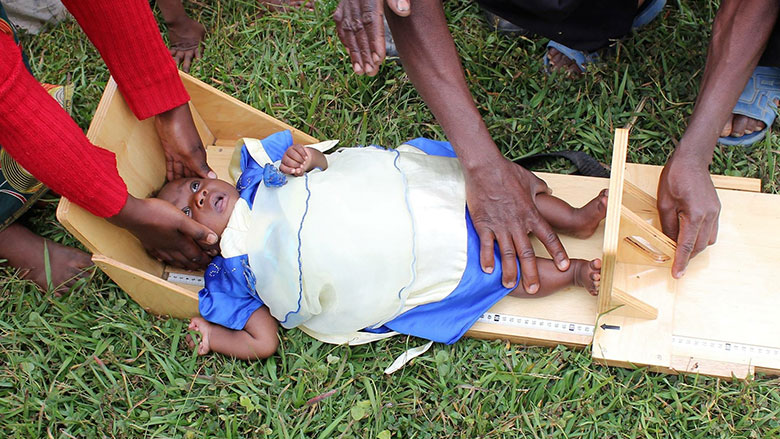Growth Promotion Day in Rwanda (©World Bank)
Tackling malnutrition requires a diverse funding base that pools resources and expertise for more sustainable, high impact programmes. At the first N4G Summit in 2013, stakeholders including the UK Government committed to develop a new catalytic financing facility for nutrition, leading to the creation of The Power of Nutrition. Ahead of the Tokyo N4G Summit, read how the organisation is mobilising partnerships for nutrition and joint investments to help transform the lives of more women and children.
The Power of Nutrition was established in 2015 to address the significant funding gap in nutrition and help reduce global rates of childhood stunting. It was jointly created by the UK Department for International Development, Children’s Investment Foundation Fund, and the UBS Optimus Foundation, with UNICEF and the World Bank as implementing partners.
Over the past six years, The Power of Nutrition has mobilised over $523 million in diverse investments for 17 nutrition programmes in Sub-Saharan African and Asian countries with the highest need.
Together they are providing over 68 million of the most vulnerable women and children with increased access to essential nutrition solutions, while improving national health services to support delivery of these vital interventions and encouraging better nutrition behaviours.
By the end of next year, our partnership programmes will have prevented almost 600,000 cases of stunting, over 600,000 cases of maternal anaemia, and saved the lives of 14,500 children under 5.
Diverse partnerships lead to long-lasting social change
The Power of Nutrition’s diverse partner base brings the nutrition community alongside the private sector, governments, multilateral systems, and philanthropists. These new and non-traditional partnerships have helped deliver innovative solutions and national nutrition programmes at scale.
The funding model has put nutrition on the radar of national governments and multilateral systems, encouraging more International Development Association (IDA) funds to be allocated to nutrition. The Power of Nutrition’s funds for World Bank nutrition programmes have unlocked $300 million in IDA to date, together delivering better results for women and children:
- In Rwanda, following a commitment of $35 million from The Power of Nutrition, the national government contributed a further $66 million in IDA funds, and the Global Financing Facility $18 million. The programme is reaching over 1.5 million women and children, and stunting levels dropped to 33% in 2019, one year into the programme (from 38% in 2015).
- In Madagascar, The Power of Nutrition’s $10 million programme encouraged the government to double its initial IDA allocation from $40 million to $80 million. The programme is seeing improved rates of exclusive breastfeeding, receptiveness to vaccines, and uptake in Vitamin A supplementation among children.
The model also defragments traditional nutrition programming by convening development INGOs and funding agencies alongside emergency relief investors and other humanitarian funders. This allows expertise and aid to flow where it’s needed most and build one cohesive programme that recognises the complexity of nutrition – a foundational issue that cuts across both humanitarian and development responses. Our programmes support a shift from cyclical crisis response funding to long-term health and socioeconomic development. For example, the Madagascar programme focuses on resilience building, and in partnership with the Government of Madagascar and World Bank has led to a 10-year strategy on nutrition, charged by high-level government support.
In Burkina Faso, the protracted crisis has led to often piecemeal funding to tackle emergencies, making it difficult to align partners for purposeful system-strengthening. At the request of the Government’s Department of Nutrition, The Power of Nutrition developed a holistic programme which both supports immediate nutritional needs and builds longer-term resilience.
Pooling private sector investments has also helped The Power of Nutrition bring innovation to nutrition, particularly in using communications to drive behavioural change. For example, in India, half of malnutrition is linked to poor water, sanitation, and hygiene. Partnering with Unilever’s Lifebuoy soap brand, The Power of Nutrition’s programme will deliver combined health, nutrition, and hygiene information to 2.7 million women and children in hard-to-reach communities.
By design, The Power of Nutrition’s programmes are multisectoral – cutting across systems to integrate as many nutrition interventions as possible while addressing the multiple drivers of undernutrition. The programmes’ alignment with national health priorities has been critical to encouraging better nutrition results and increases the likelihood of these changes being long-lasting.
More joint investments in nutrition are critical
Eradicating malnutrition requires more joint action and investments from new and diverse funders. The Tokyo Nutrition for Growth Summit can be a historic moment to catalyse more funding, innovative partnerships, and best approaches to tackle the nutrition crisis. The Power of Nutrition stands ready to partner with the sector through joint action.
###

